
Category: robotics/AI

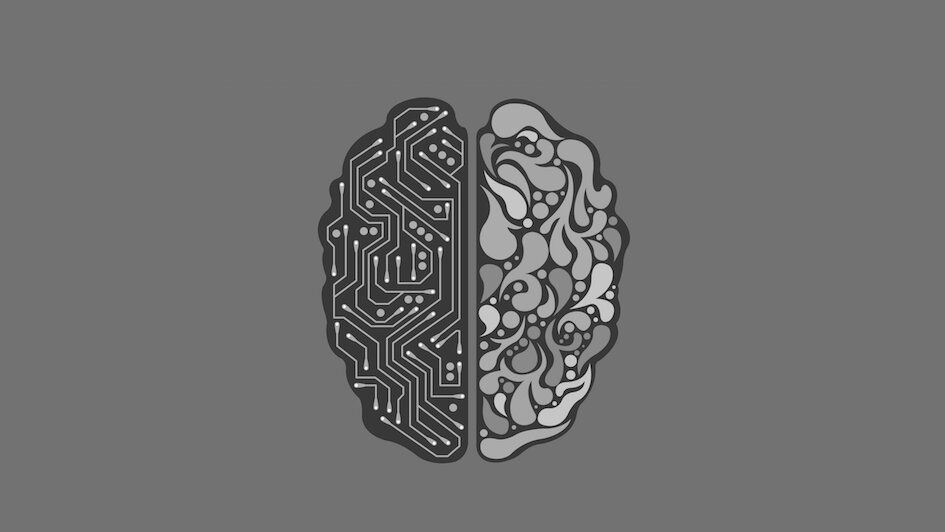
Teaching evolutionary theory to artificial intelligence reveals cancer’s life history
Scientists have developed the most accurate computing method to date to reconstruct the patchwork of genetic faults within tumors and their history during disease development, in new research funded by Cancer Research UK and published in Nature Genetics.
Their powerful approach combines artificial intelligence with the mathematical models of Charles Darwin’s theory of evolution to analyze genetic data more accurately than ever before, paving the way for a fundamental shift in how cancer’s genetic diversity is used to deliver tailored treatments to patients.
Applying these new algorithms to DNA data taken from patient samples revealed that tumors had a simpler genetic structure than previously thought. The algorithms showed that tumors had fewer distinct subpopulations of cells, called “subclones,” than previously suggested. The scientists, based at The Institute of Cancer Research, London, and Queen Mary University of London, could also tell how old each subclone was and how fast it was growing.
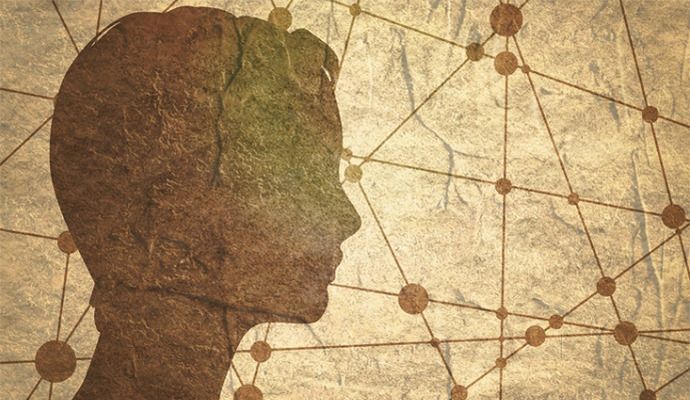
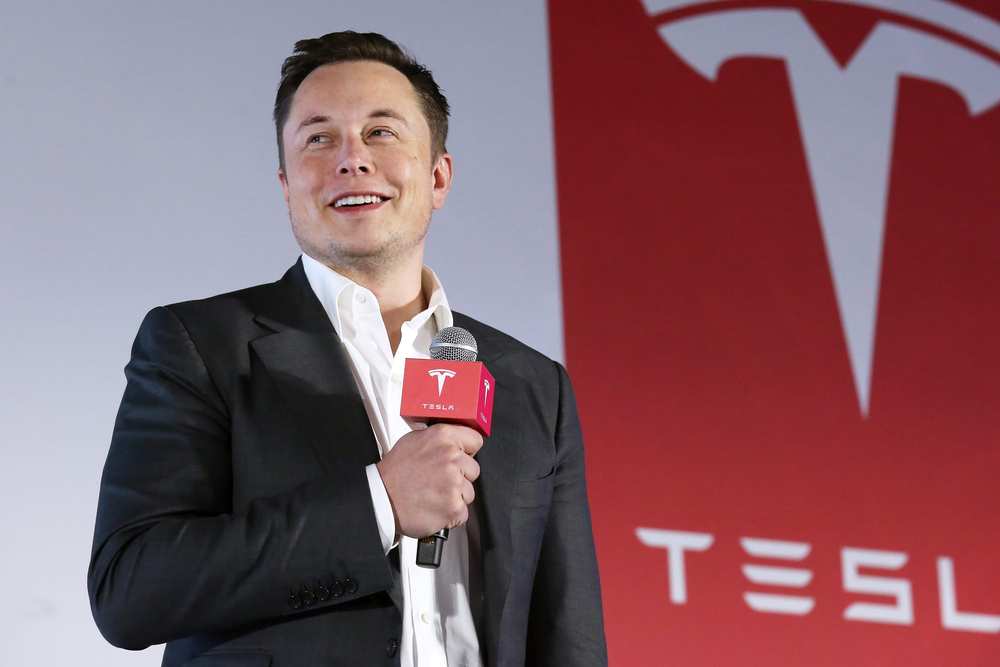
Germany tells Elon Musk he can have whatever he needs for new Berlin plant
Tesla boss Elon Musk has been told by Germany’s economy minister that he can have whatever he needs for his new electric vehicle manufacturing plant in Berlin.
Musk and Germany economy minister Peter Altmaier had an hour long meeting in Berlin on Wednesday, according to a source familiar with the matter. “The main topics were Tesla’s billions of euros worth of investment in Germany,” the source said.
The duo, who first met six years ago, also spoke about Musk’s projects in areas like space flight and autonomous driving.
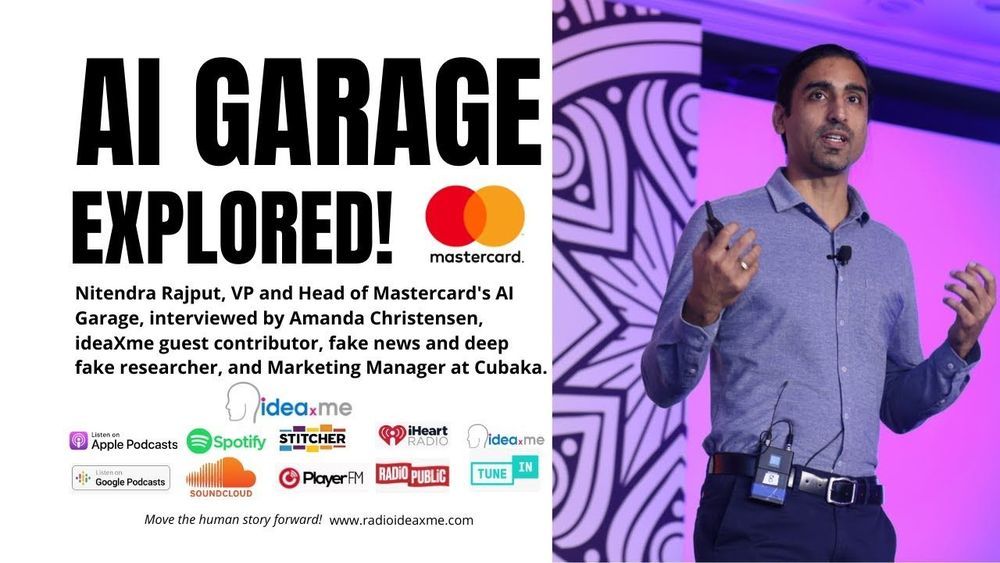
Exploring the Implications of AI with Mastercard’s AI Garage
Amanda Christensen, ideaXme guest contributor, fake news and deep fake researcher, and Marketing Manager at Cubaka, interviews Nitendra Rajput, VP and Head of Mastercard’s AI Garage.
Amanda Christensen Comments:
Artificial intelligence has become a technological buzzword, often solely referred to AI rather than depicting the possibly infinite amount of practical applications that artificial intelligence can actually provide, or the intricacies involved from industry to industry, and region to region.
To discuss some of the many applications for artificial intelligence, as well as some of the considerations to be taken into account to create more accurate and less biased machine learning systems, I had the pleasure of speaking with Nitendra Rajput, VP and Head of Mastercard’s AI Garage.
Nitendra rajput head of mastercard’s AI garage:
Nitendra Rajput is the Vice President and Head of Mastercard’s AI Garage, setting up the centre to enable it to solve problems across various business verticals globally with machine learning processes, increasing efficiencies across the business as well as mitigating instances of fraud.
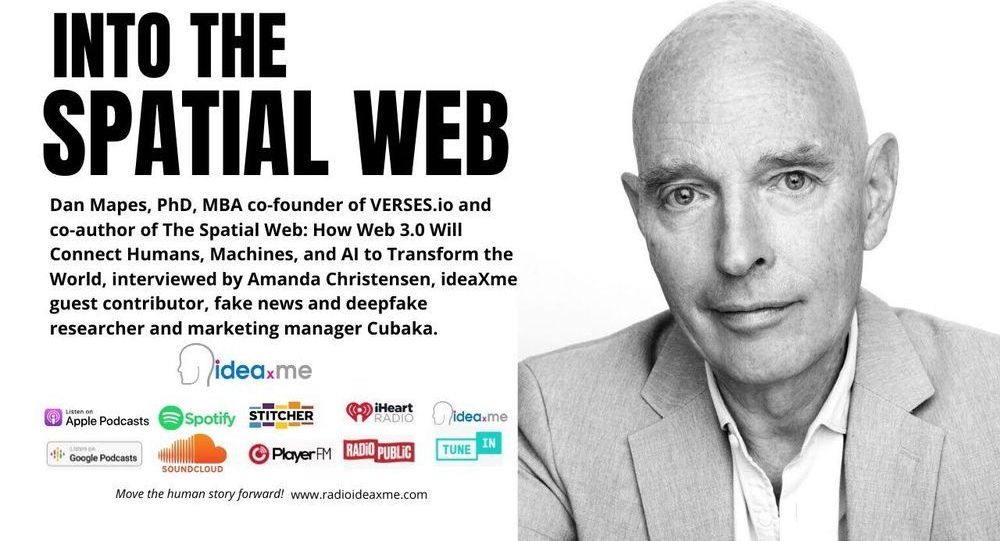
Optimising the Everyday with The Spatial Web
Amanda Christensen, ideaXme guest contributor, fake news and deepfake researcher and Marketing Manager at Cubaka, interviews Dan Mapes, PhD, MBA co-founder of VERSES.io and co-author of The Spatial Web: How Web 3.0 Will Connect Humans, Machines, and AI to Transform the World.
Amanda Christensen Comments:
We’ve come a long way since the invention of the internet, and even further since the invention of the first computer, which together have undeniably significantly facilitated everyday life. We have never had access to more information at the touch of our fingers, or been more connected than we are now.
However, the exponential advancement of the internet has brought along with it a whole host of problems, such as the rampant spread of fake news, deep fake technology, significant data breaches, and hacking, to name a few.
The further advancement of the internet, and particularly AI, is inevitable, as the full potential of their capabilities are far from being reached. But how do we advance in a way that both further optimises our lives but simultaneously protects us from further misuse?
The Spatial Web
Dan Mapes is the Co-Founder of VERSES.io, Spatial Intelligence Systems integrating Mixed Reality, Artificial Intelligence and Blockchain technology that together build The Spatial Web.
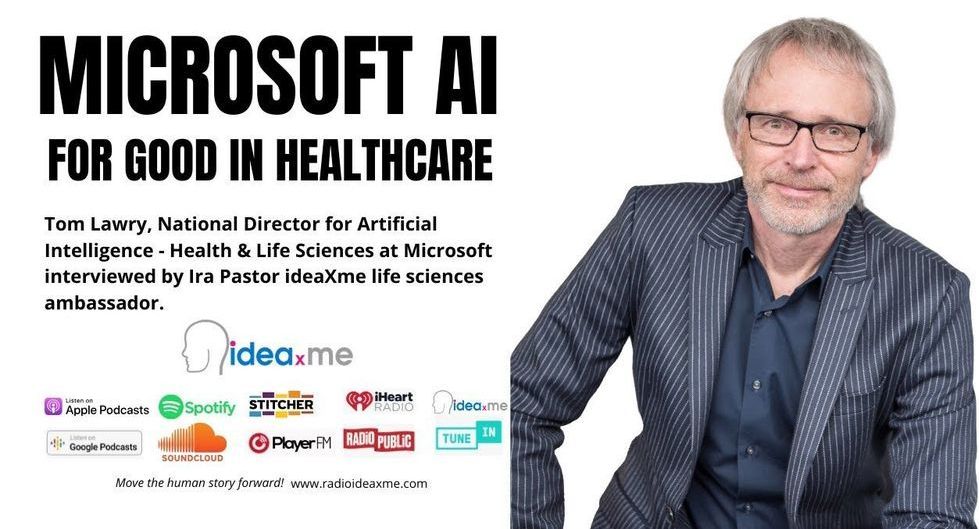
Tom Lawry Talks of Machine Learning and Microsoft AI For Good in Healthcare
Deploying “AI for Good” In The Life Sciences — Tom Lawry, National Director for Artificial Intelligence, Health & Life Sciences, Microsoft, joins me on ideaXme to discuss how they are deploying artificial intelligence “at scale”, across the major organizations responsible for delivery quality, next generation healthcare to millions of patients and customers — #Ideaxme #Microsoft #ArtificialIntelligence #MachineLearning #DeepLearning #Health #Healthcare #Wellness #Medicine #Pharmacy #Hospitals #Nursing #Insurance #Diagnostics #Data #Moonshots #Biotechnology #Longevity #LifeExtension #Aging #IraPastor #Bioquark #Regenerage
Ira Pastor, ideaXme life sciences ambassador, interviews Tom Lawry, National Director for Artificial Intelligence — Health & Life Sciences at Microsoft.
Ira Pastor Comments:
A set of tools that we have been hearing quite a bit about (and discussed a bit on the show) in recent years is the triad of artificial intelligence, machine learning, and deep learning and their respective applications (primarily in the drug discovery and development processes), in terms how university labs and startups are using some of these tools to better guide the rational drug design process, or more appropriately select patients for a clinical trial, per the field of personalized medicine.
Today we are going to go to the far end of the spectrum, to a view of the potential of these tools at “scale”, when they need to be deployed across the mega enterprises responsible for delivery quality, next generation healthcare to millions of customers.
Tom Lawry:
Tom Lawry is National Director for Artificial Intelligence — Health & Life Sciences at Microsoft. In this role he serves as a strategic advisor to provider, payer and life science organizations across the Americas, creating enterprise-wide AI initiatives designed to transform healthcare at scale.
He focuses on technological, process and cultural redesign leading to the creation of Intelligent Health Systems that better empower patients, consumers and clinicians.

Artificial Emotional Intelligence (Emotion AI) – What It Is and Why It Matters
A pioneer in Emotion AI, Rana el Kaliouby, Ph.D., is on a mission to humanize technology before it dehumanizes us.
At LiveWorx 2020, Rana joined us to share insights from years of research and collaboration with MIT’s Advanced Vehicle Technology group.
Part demo and part presentation, Rana breaks down the facial patterns that cameras can pick up from a tired or rested driver, and observations from the first ever large-scale study looking at driver behavior over time.
Learn how these inferences can be used to change the driving experience ➡️ https://archive.liveworx.com/sessions/artificial-emotional-intelligence-emotion-ai-what-it-is-and-why-it-matters
Today’s devices work hand-in-hand with humans –at work, home, school and play. Dr. Rana el Kaliouby believes they can do much more. An expert in artificial emotional intelligence, or “Emotion AI,” Dr. el Kaliouby explores the valuable applications of humanized technology in media and advertising, gaming, automotive, robotics, health, education and more. She explains how machine learning works, explores the potential for the development of emotion chips, and addresses the ethics and privacy issues of Emotion AI. In her talks, Dr. el Kaliouby gives participants an inside look at the world’s largest emotion data repositoryresults from her research studying more than 5 million faces around the world, and reveals that the emoji mindset may soon be a thing of the past.
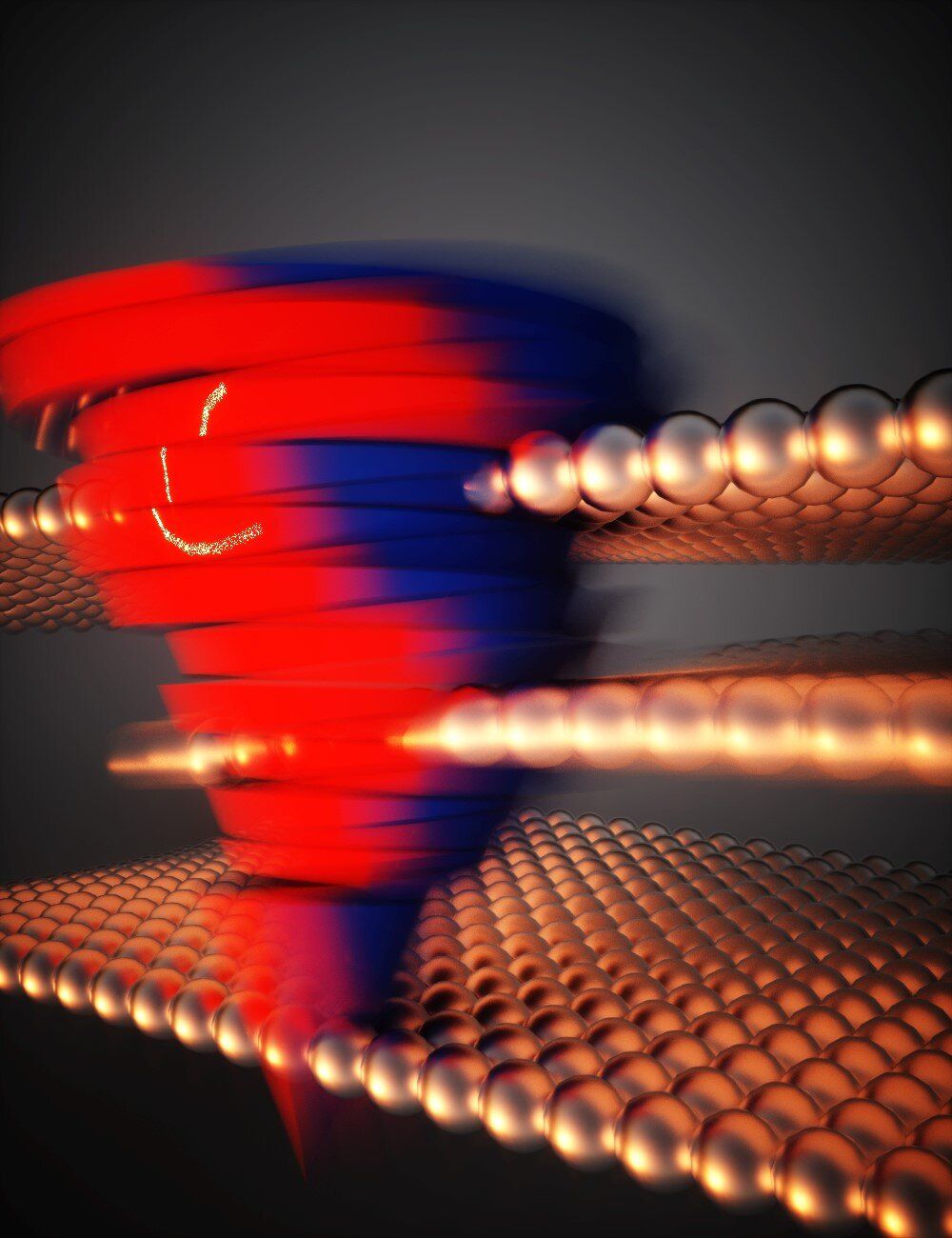
Memory in a metal, enabled by quantum geometry
The emergence of artificial intelligence and machine learning techniques is changing the world dramatically with novel applications such as internet of things, autonomous vehicles, real-time imaging processing and big data analytics in healthcare. In 2020, the global data volume is estimated to reach 44 Zettabytes, and it will continue to grow beyond the current capacity of computing and storage devices. At the same time, the related electricity consumption will increase 15 times by 2030, swallowing 8% of the global energy demand. Therefore, reducing energy consumption and increasing speed of information storage technology is in urgent need.
Berkeley researchers led by HKU President Professor Xiang Zhang when he was in Berkeley, in collaboration with Professor Aaron Lindenberg’s team at Stanford University, invented a new data storage method: They make odd numbered layers slide relative to even-number layers in tungsten ditelluride, which is only 3nm thick. The arrangement of these atomic layers represents 0 and 1 for data storage. These researchers creatively make use of quantum geometry: Berry curvature, to read information out. Therefore, this material platform works ideally for memory, with independent ‘write’ and ‘read’ operation. The energy consumption using this novel data storage method can be over 100 times less than the traditional method.
This work is a conceptual innovation for non-volatile storage types and can potentially bring technological revolution. For the first time, the researchers prove that two-dimensional semi-metals, going beyond traditional silicon material, can be used for information storage and reading. This work was published in the latest issue of the journal Nature Physics. Compared with the existing non-volatile (NVW) memory, this new material platform is expected to increase storage speed by two orders and decrease energy cost by three orders, and it can greatly facilitate the realization of emerging in-memory computing and neural network computing.
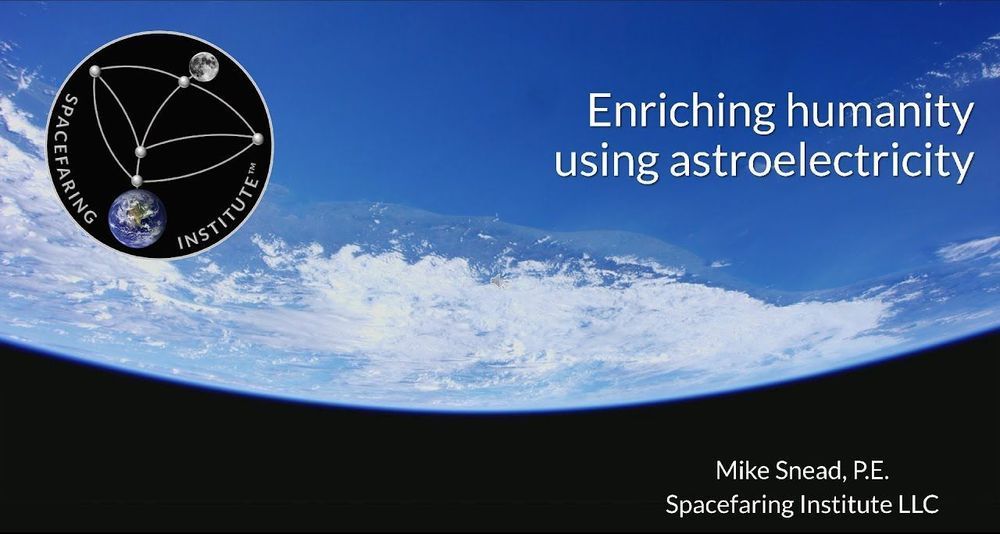
Enriching humanity using astroelectricity
This is my second video presentation on the topic of GEO space-based solar power (astroelectricity). This was also given via video at a conference in Portugal on 22 Aug 2020. After a brief introduction to astroelectricity, the 24-minute presentation addresses how global astroelectricity will enable most of the 17 UN Sustainable Development Goals to be addressed and, especially, how affordable middle-class housing can be built. We are living in an exciting time (in a positive sense) where emerging technologies will enable us to push through these difficult times. The key is to undertake an orderly transition from fossil carbon fuels to astroelectricity and not be sidetracked by poorly developed “solutions” such as the Paris Climate Agreement and the Green New Deal.
The world needs a peaceful, orderly plan to transition from fossil carbon fuels to globally decentralized sustainable energy sufficient to enable worldwide middle-class prosperity. Nuclear power, wind power, and ground solar power—“solutions” often tied to the Green New Deal—cannot practically achieve this. Astroelectricity, generated in space by space-based solar power, can meet this need. This presentation builds on the “(Em)powering World Peace and Prosperity Using Astroelectricity” to discuss the global benefits that will arise from transitioning to astroelectricity.
In this presentation, astroelectricity is described followed by examples of how global astroelectricity will enable most of the U.N. Sustainable Development Goals to be realized this century. The presentation ends with describing how astroelectricity, 3D-printing, and humanoid construction robots can revolutionize building affordable middle class homes to boost the world’s standard of living, ending energy impoverishment and substandard housing while providing high-quality science, technology, engineering, architecture, manufacturing and construction jobs worldwide.
This invited presentation was made, via video, at the 22 August 2020 Planet Masters conference in Portugal.